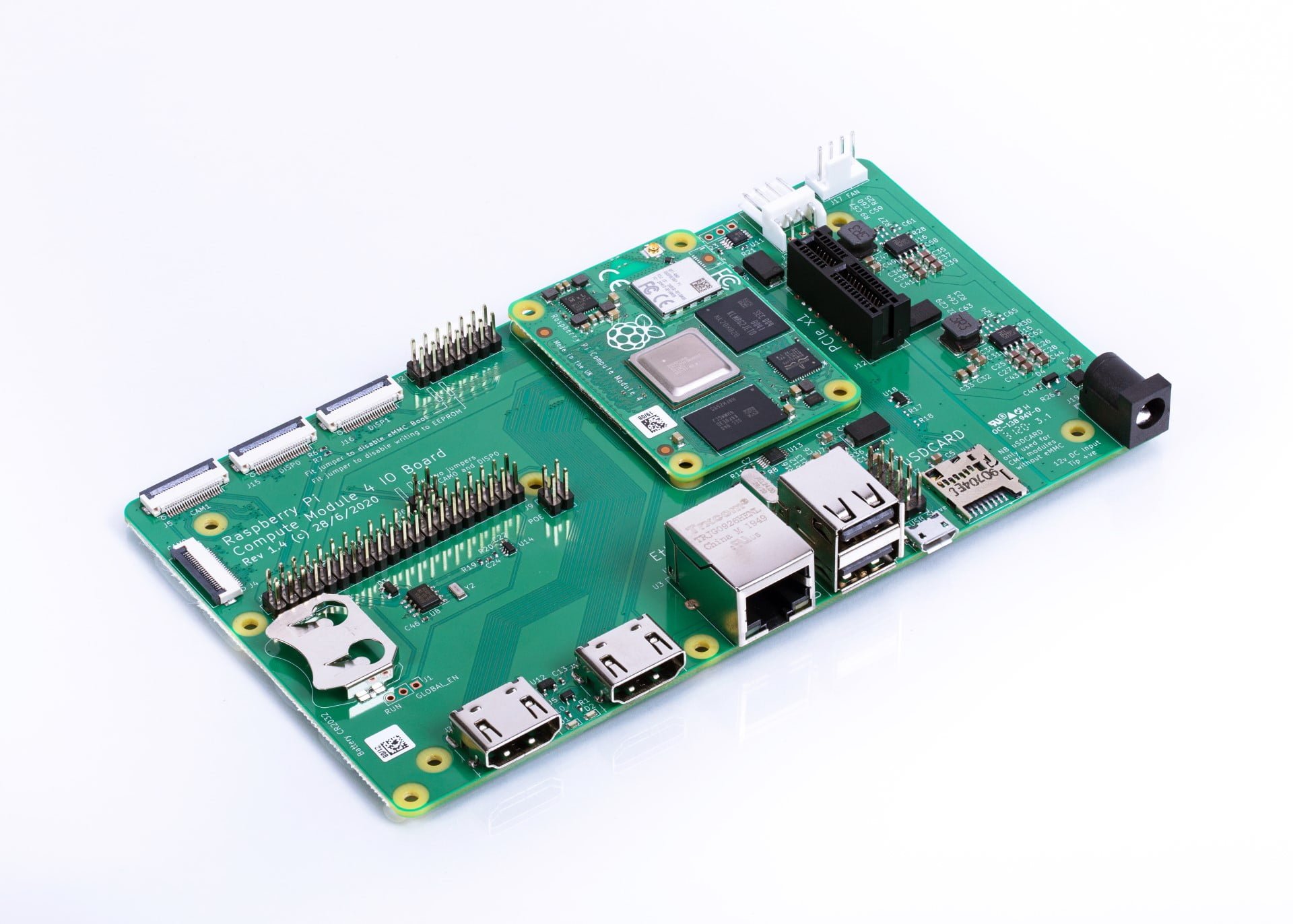Unlock The Power: Remote IO Raspberry Pi Guide + Solutions
Ever found your Raspberry Pi projects hitting a wall due to limited input/output capabilities? The solution lies in remote IO, a powerful yet accessible technology that dramatically expands your Pi's potential without emptying your wallet. Whether you're a seasoned engineer, a budding hobbyist, or simply someone with a passion for tinkering, understanding remote IO for Raspberry Pi can unlock a new realm of possibilities.
Remote IO isn't merely a fashionable term; it's a tangible pathway to elevate your Raspberry Pi projects. Imagine granting your Raspberry Pi enhanced abilities, enabling it to manage a far greater array of devices, sensors, and actuators. The challenge, however, lies in navigating the multitude of available options to pinpoint the perfect fit for your unique requirements. Consider this article your comprehensive guide, meticulously breaking down the essentials, step by step.
| Concept | Remote IO Raspberry Pi |
|---|---|
| Definition | A method to expand the input and output capabilities of a Raspberry Pi. |
| Benefits | Scalability, Reliability, Flexibility |
| Applications | Smart home automation, industrial automation, robotics |
| Key Components | Remote IO boards/modules, Raspberry Pi |
| Compatibility | Check compatibility with your Raspberry Pi model. |
| Power Consumption | Consider power requirements for battery-powered projects. |
| Ease of Use | Look for clear documentation and easy-to-follow instructions. |
| Reference | Raspberry Pi Official Website |
- Who Is Khabib Nurmagomedovs Spouse The Untold Privacy Story
- Discovering Ashantis Net Worth A Financial Breakdown 2024 Update

Remote Desktop for Raspberry Pi and other IoT devices

How to Configure Remote Desktop on Raspberry Pi? TechSphinx

Raspberry Pi Compute Module 4 IO Board • RaspberryPi.dk